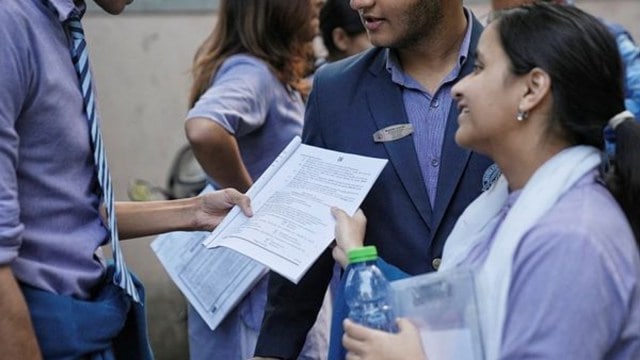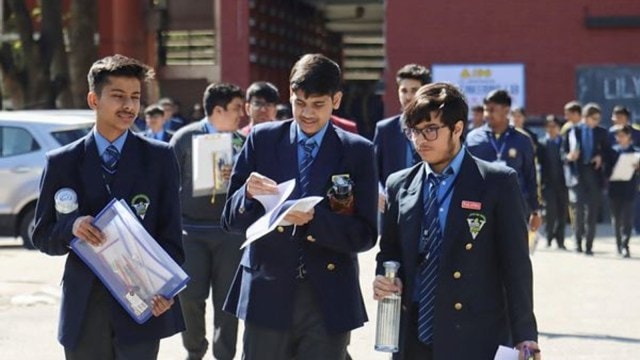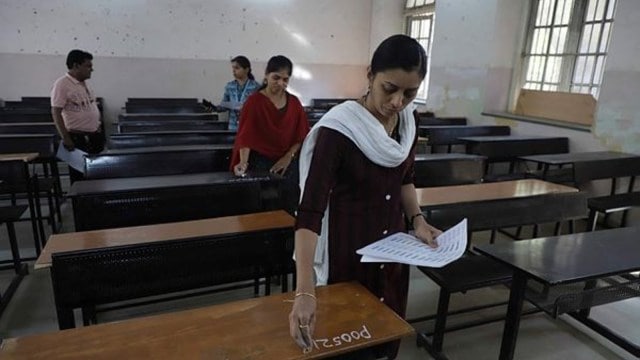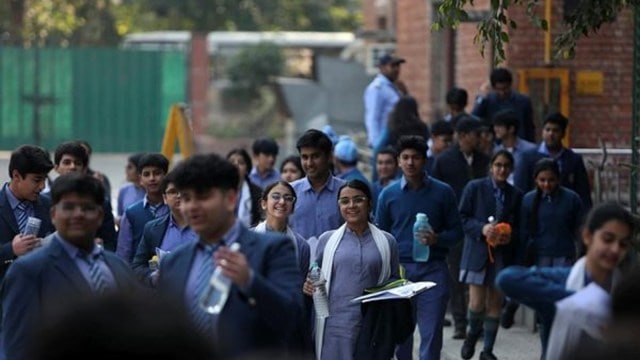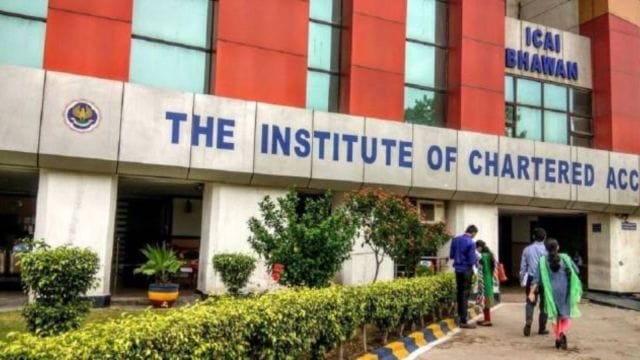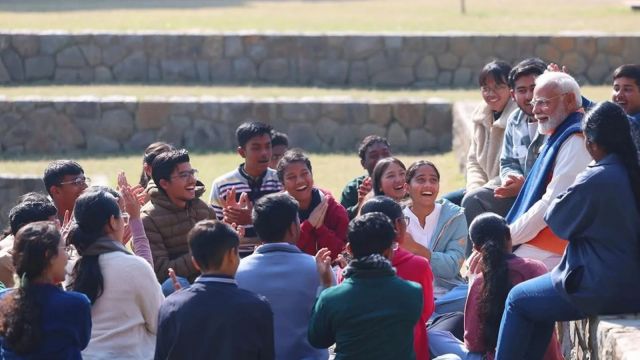
The Congress, Emergency story told through one tall man and one who is short, by cartoonist Abu Abraham
At an All India Congress Committee (AICC) session in Bengaluru in 1969, late cartoonist and journalist Abu Abraham encountered two Congressmen – both friends, one very tall and the other very short. The Congress was going through a crisis. That year the confrontation between Prime Minister Indira Gandhi and the Congress old guard, known as the Syndicate, came to a head – the grand old party split, and Indira walked away with a large section of the Congress’s rank and file.
Fascinated by these two Congressmen, whom he did not name, Abu Abraham used them in a series of political cartoons that he drew for The Indian Express through the Emergency from 1975 to 1977, using witty one-liners to describe the days of gloom for Indian democracy. Though he was nominated by Indira as a member of the Rajya Sabha in 1972, he was among the most vociferous critics of the Emergency, with some of his scathing cartoons censured during the period.
All these cartoons – also published in a book earlier – came to life in a recent exhibition to mark his birth centenary at the India International Centre in New Delhi, telling in deft strokes the story of Indian democracy through the eyes of a keen political observer.
A write-up by Abu, as he called himself, was displayed for visitors curious about who the two Congress leaders displaying their loyalty to Indira Gandhi in the Emergency-era cartoons were. “Who are these two men? This short man and this tall man? Are they real people? Dear me, of course they are. Indeed, they are more than real,” the cartoonist wrote. “Since that summer (1969), at each AICC meeting, I have noticed a remarkable phenomenon: More and more delegates have grown to resemble these two. Nature has a way of copying art.”
His pen dripping with satire, Abu went on, “Never have two men so dissimilar been so close to each other: one tall enough to be noticed in any crowd, the other short enough to get lost; one gone lean in the service of the masses, the other gone fat in the same effort; one who has always believed that power corrupts, the other who doesn’t need power to be corrupt…”
One cartoon, dated August 4, 1974, has the tall man holding aloft a placard that reads ‘SMILE’, with the short man behind him. Abu’s punchline follows, “Don’t you think we have a lovely censor of humour?” One cartoon shows a bench on which just the two of them are sitting, with a board above reading “Monsoon Session”. This was Abu’s take on the fact that Parliament sessions were held – and major changes affected in the Constitution through the 42nd amendment in 1976 – while most of the Opposition was languishing in prison.
One cartoon, marked “not to be published” by the censors, depicts the two Congressmen looking at the blank front page of The Indian Express below the masthead, with the line “all the news that’s fit to print” occupying the entire page. Another cartoon shows the two Congressmen watching Indira Gandhi on TV, with the words “a bitter pill was needed to restore the nation’s health” above the TV, and Abu’s one-liner below: “And the production of sugar coating has already exceeded the plan target.” In another, the tall man asks the short man, “What do you think of editors who are more loyal than the censor?”
In a cartoon dated January 7, 1977, the tall Congressman is seen telling the short one, “It’s one thing to strengthen the Centre, quite another to centre the strength.” One cartoon shows Indira Gandhi standing on a ladder, hammer and chisel in hand, resculpting the Constitution in the shape of her own statue.
Before the Emergency was imposed, his cartoons also took digs at the 1974 “JP movement”, a student agitation in Bihar against corruption. In one, socialist leader Jayaprakash Narayan, known as JP, is stirring a huge boiling pot that reads “Bihar-type stir”, with a famished man without a shirt and holding an empty plate asking, “What’s in it for me?” In yet another, BJP veteran L K Advani and JP are holding hands while looking in two opposite directions, with the “unity in diversity” catchline highlighting their ideological incompatibility despite collaborating with each other.
A cartoon of Sanjay Gandhi shows him writing a book, “The Story of My Experiments With Youth”, a spin on Mahatma Gandhi’s iconic book to point out Sanjay’s alleged excesses during the Emergency. A much later cartoon on Advani’s rise during the Ram temple movement is similar – it shows him writing a book titled “The Story of My Experiments With Trishul”.
The exhibition also featured cartoons depicting the Congress’s 1969 split – these generally feature Indira Gandhi and Congress leader S Nijalingappa – the 1971 India-Pakistan war, the President Ronald Reagan era in the United States, the Rajiv Gandhi years and also the liberalisation of the Indian economy in 1991. The latter depicts then Finance Minister Manmohan Singh as a sheep following a shepherd with the words IMF engraved on his coat.
The Kerala-born cartoonist, who passed away in 2002, began his career as a newspaper reporter in Mumbai who published his drawings in several journals. In 1951, he joined Shankar’s Weekly, a satirical magazine founded by Keshav Shankar Pillai. In 1953, he set sail for England, where he freelanced for multiple publications till he began working for The Observer. It is here that he started publishing under the pseudonym ‘Abu’. From 1966 to 1969, he worked at The Guardian, after which he returned to India and joined The Indian Express, where he remained till 1981.

 Posts
Posts Sign up as a Teacher
Sign up as a Teacher